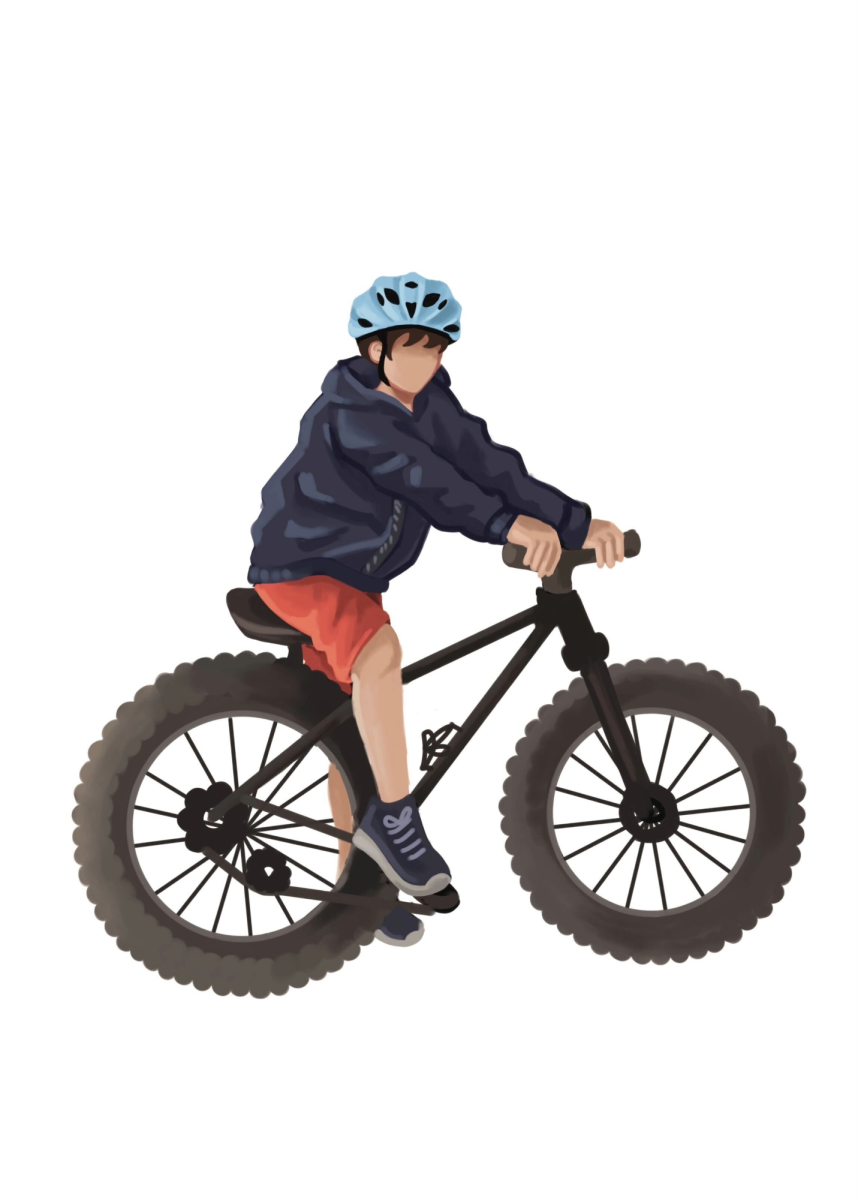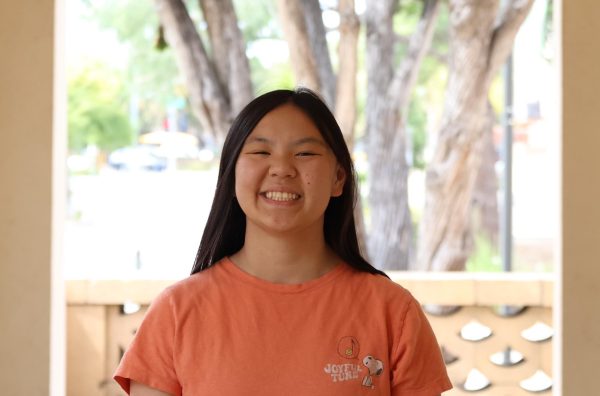Sophomore Teresa Wang has had a few close calls when biking to school. Since Wang travels down Waverley Street, which isn’t a main path many bikers take to get to school, she said cars often don’t expect or see bikers and one morning she said a truck almost hit her. Wang is not the only student who has had a close call when biking to or from school.
In an Oct. 7 Schoology survey conducted by The Campanile, 29.2% of 65 respondents said they had been in a bike accident and 70.8% said they had witnessed a traffic accident. Of the respondents, 61.5% said they bike to school, and 21.5% said someone drives them. Also, 40% of survey respondents said they are actively worried about getting into an accident.
Sophomore Kathryn Chen said she generally feels safe while biking around the city but is concerned that accidents still may happen.
“People come out of nowhere,” Chen said. “You can’t really plan for that even though you’re abiding by all of the laws.”
According to Campus Supervisor Carl Hubenthal, the district’s decision to start school at 9 a.m. endangers bikers since it coincides with rush hour.
“You have to remember there are a lot of adults that are stressed. They’re trying to get to work. They might be running late,” Hubenthal said.
Chen said students rushing to school can also cause accidents.
“When you’re running late to school, you’re going to bike faster,” Chen said. “You might not slow down or stop as much as you should, and adults who are going to work also want to get (there) on time in the morning.”
According to Wang, another factor that may cause accidents is the quality of the roads. To reduce accidents, Hubenthal said students should wear their helmets and pay attention to the traffic around them.
“Students should be aware and not listen to music with earbuds in or look at their cell phones while biking,” Hubenthal said.
Palo Alto Transportation Planning Manager Sylvia Star-Lack said the city and the district have been working together to educate third, fifth, and sixth graders about traffic safety and have been investing money to rebuild intersections to make them more bike friendly.
“There’s an Alma-Churchill safety project that’s going to get going in the next year,” Star-Lack said. “There’s the El Camino Real-Churchill project that will extend the bike path from the Paly driveway all the way to El Camino and then rebuild the El Camino intersection, so it’s safer for cyclists.”
Star-Lack also said the city has changed traffic signal timing at select locations to accommodate peak flows of pedestrians and bicyclists and constructed roundabouts to reduce traffic collisions. Although the city has invested in improving traffic safety, students and staff still say that further improvements can be made.
Hubenthal said there are many solutions the city could implement to make Palo Alto safer for bikers.
“The City Council could do a lot of things, such as creating better bike lanes, slowing down traffic and putting in some speed bumps,” Hubenthal said.
Star-Lack said she encourages students to use the interactive Active Palo Alto online map and take the online road safety survey to express their opinions about traffic in Palo Alto.
“(Students) see what the problems are, and I want to know about it. I really would like for the students to participate in the development of the plan,” Star-Lack said.
Hubenthal said that while traffic accidents are common, biking still provides many benefits.
“With the climate crisis, hopefully everybody is starting to acknowledge that biking is a much better transportation option,” Hubenthal said. “It’s also less stressful. I bike to and from (school), instead of driving, because there is less traffic and it’s a lot easier to get home.”



Teresa Wang • Apr 25, 2024 at 1:37 pm
Facts, them cars gotta slow down